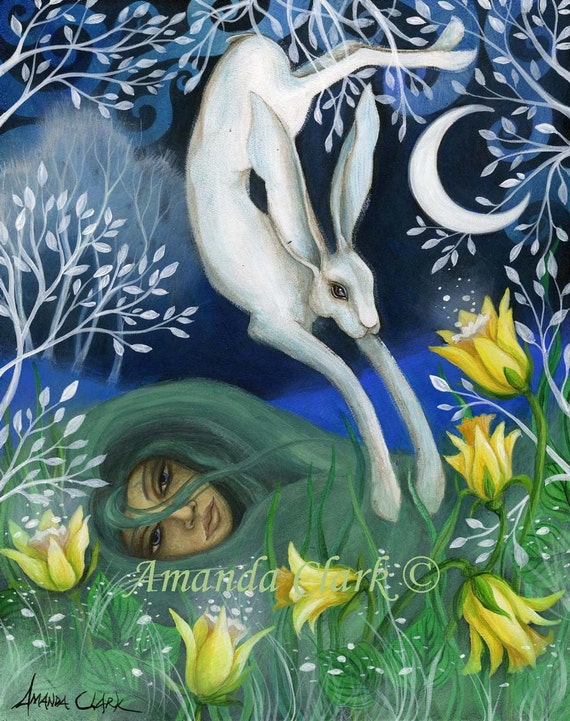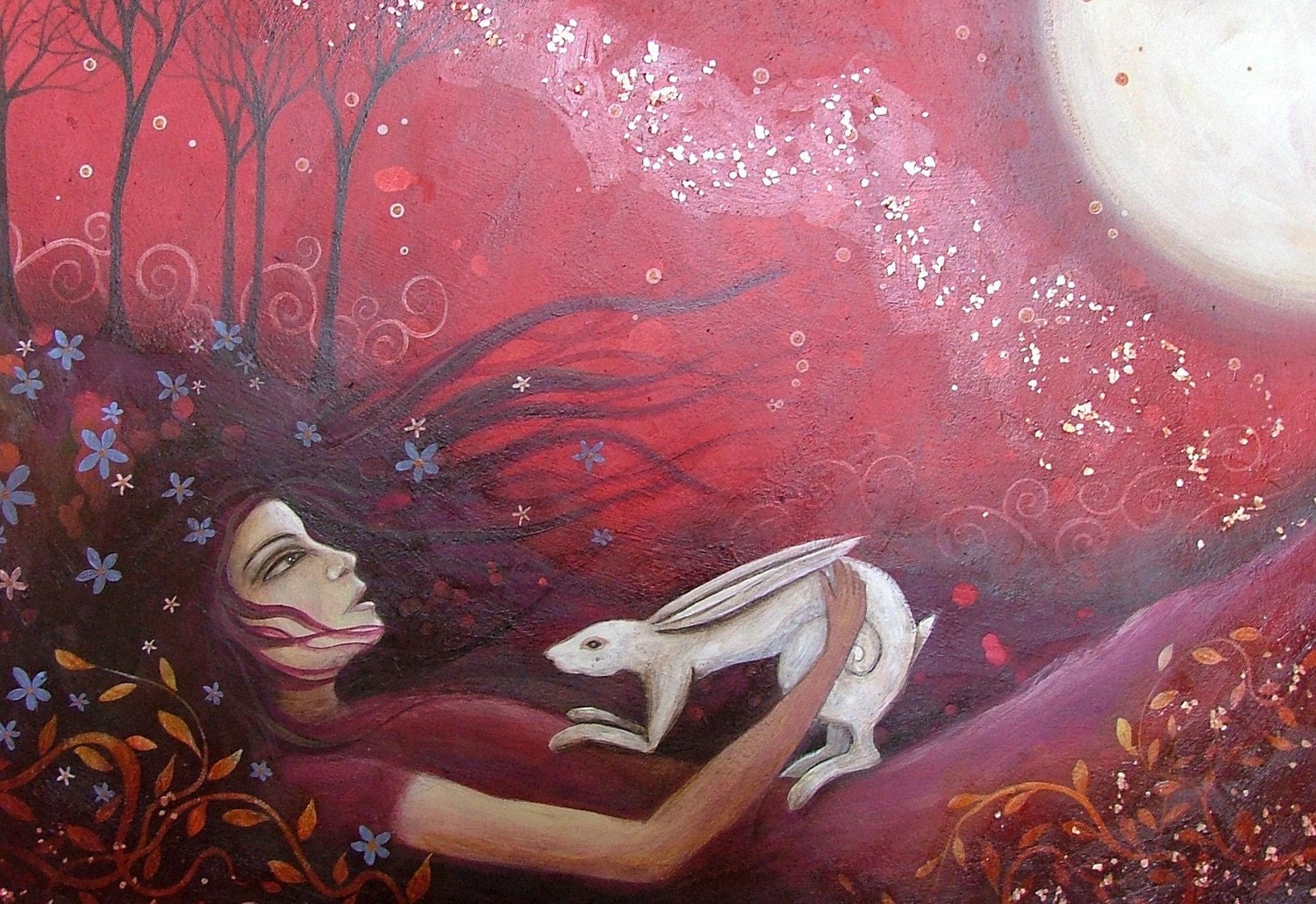Old English April(is)
Latin Aprilis
Etruscan Apru
Greek Aphro, short for Aphrodite.
Latin Aprilis
Etruscan Apru
Greek Aphro, short for Aphrodite.
The Romans gave this month the Latin name Aprilis, but the
derivation of this name is uncertain. The traditional etymology is from the
verb aperire, "to open", in allusion to its being the season when
trees and flowers begin to "open", which is supported by comparison
with the modern Greek use of άνοιξη (ánixi) (opening) for spring. Since some of
the Roman months were named in honor of divinities, and as April was sacred to
the goddess Venus, her Veneralia being held on the first day, it has been
suggested that Aprilis was originally her month Aphrilis, from her equivalent
Greek goddess name Aphrodite (Aphros), or from the Etruscan name Apru. Jacob
Grimm suggests the name of a hypothetical god or hero, Aper or Aprus.
April means Aphrodite. Aphrodite is the Greek goddess of love, beauty, eternal youth and sexuality, but not only or necessarily in terms of sex, but of creativity, being prolific, self-expression and passion for anything. She is identified with the Roman goddess Venus, and indeed the Romans dedicated April to Venus, often referring to it as Mensis Veneris instead of Aprilis.
Full Moon of April - The Hare Moon/ Pink Moon/ Egg Moon/ Seed Moon/ Sprout Moon (Native American Moon Calendar and Pagan Wheel of the Year)
April's full moon is often referred to as the Sprout Moon.
The energies around this moon are ones of blooming, fertility, growth and inner
wisdom. The earth is coming alive again from the dormant winter.
Ostara is a lunar festival, and the full moon brings forth
powers of intuition, creativity and protection. It is traditional to plant your
seeds at this time of the year.
Symbols
Aphrodite was the goddess of love and beauty in Greek
mythology. She is represented in myth and art by various symbols.
April’s birth flowers are the daisy and sweet pea.
The birthstones for April are the diamond which symbolizes
innocence and the sea-born pearl. They are regarded as the stones of love.
There is much symbolism in eggs themselves. The egg is
considered the symbol and home of soul and life. The golden orb of the yolk
represents the Sun God enfolded by the white shell seen as the White Goddess,
and the whole is a symbol of equilibrium and rebirth.
The animals sacred to
her, which are often mentioned as drawing her chariot or serving as her
messengers, are the sparrow, the dove (today, when we think of doves, peace
often comes to mind; for the ancient Greeks, however, doves evoked love, since they
were one of the symbols of Aphrodite), the myrtle (innocence, purity), the
swan, the swallow, a bird called iynx, the bees, the goats, the dolphin (the
dolphin is said to be the messenger of love, and Aphrodite metamorphosed
herself into a dolphin and was also known as the Woman of the Sea. The Syrian
Aphrodite Astarte was said to have been hatched from an egg nursed by doves,
fallen from the heavens and carried to the banks of the river Euphrates by
fish, which was said to be a sacred animal to Aphrodite), the sea turtle
(Aphrodite was first found on the floating island of Cyprus after emerging from
the foam of the sea, and this could be related to her particular animal, the
turtle. And the tiny island of Aegina, located about 30 miles off the coast of
Athens and between the mainland and the Peloponnesus, is reported to have had
the first universally accepted, standarized currency, for it was an important
maritime trading center as late as the 6th century B.C. The seafaring Aegina
chose the turtle as its coinage symbol, very likely because it was the symbol
of Aphrodite, whose temple stood on the island. The turtles on the earliest
coins are undoubtedly the sea turtle, with a pattern of dots clearly marked on
its back. The earliest coins were lumps of mixed gold and silver, called
electrum, but Aengina improved upon the idea by using almost pure silver, and
standardizing the weight and shape of each lump of metal. Aeginite turtles were
released not intended strictly for local use; it's been estimated that Aegina
minted over 10,000 turtles per year for over 70 years. The sheer number of
coins minted has permitted many of those coins to survive to the present day.
There are many fine examples of Aegina turtles available on the market, all of
them of intrinsic value both beautiful and historical) and of course the hare
(the hare was a sacred animal to Aphrodite and Eros; hares were often presented
as a gift of love).
Moon Dream

Ostara

The Messenger

Moonlight and Hares
Dreaming Turtle Pendant - Rose Petal Clay - Turquoise

Turtle Aphrodite
Ostara altar
- Also read Ostara: el regreso de la diosa Eostre by Samanta Vega on February 14, 2013.






No hay comentarios:
Publicar un comentario